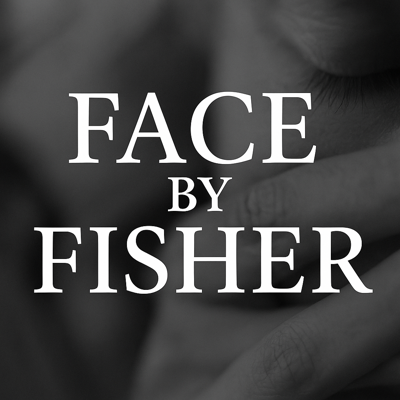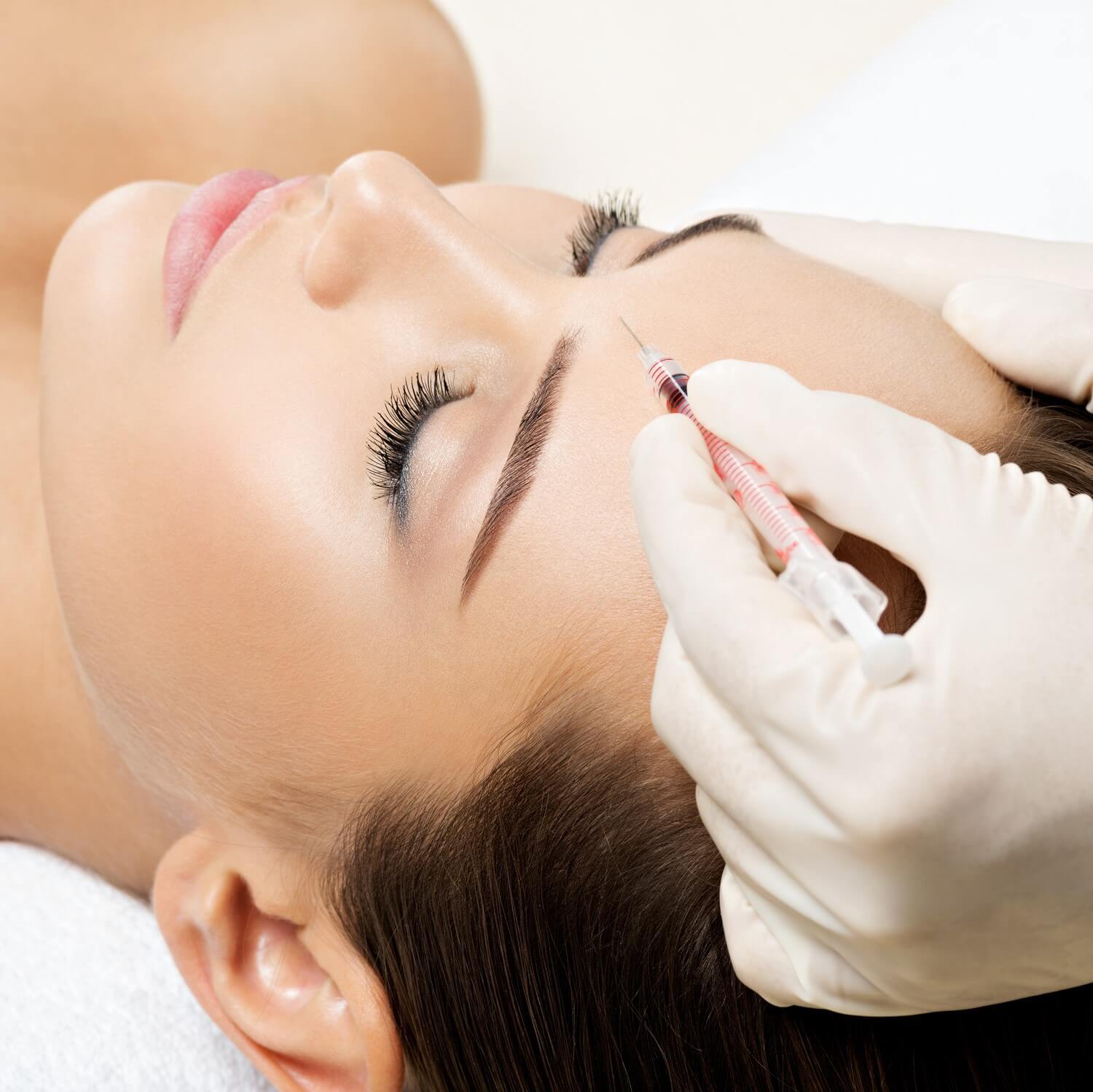Botox has been used for decades both as a health aid and as a cosmetic enhancement tool. When used for cosmetic purposes, it helps to immobilize the muscles in the face so that facial movements don’t cause the skin to crease, thereby creating wrinkles or making them worse. However, did you know that it is possible to become “immune” to its effects? In this blog, we’ll explore how Botox works, how the body can develop a sort of “resistance” to its effects, as well as several alternatives to Botox should your body become immune to it.
How does it works?
Botox’s active ingredient is botulinum toxin type-A. This ingredient essentially temporarily paralyzes muscles in the injected area and is often used to treat many health conditions. For example, Botox can help with strabismus or a lazy eye. It can also help relax the upper lip muscles to reduce the severity of a gummy smile. And of course, it is also used often for cosmetic purposes, helping to immobilize muscles, thus reducing the appearance of wrinkles. It can also help prevent static wrinkles or wrinkles present even without movement.
related article: Turning Back the Clock on Aging with BOTOX and More
Can you become immune to Botox?
Some people can develop a resistance to botulinum toxin. In fact, in some cases, people are immune to its effects right away, and Botox injections do nothing for them. In those for whom Botox works at first, after several injections, their immune system develops antibodies to Botox proteins, which renders it ineffective.
What alternatives are there?
So if you are one of the few who become resistant to Botox’s effects, what else can you try to help you for cosmetic purposes? Dysport is an injection similar to Botox containing a different strength of botulinum toxin type-A. Working the same way as Botox, Dysport blocks the release of Acetylcholine, thus temporarily preventing the muscles from contracting.
If you or your doctor are unsure that Dysport or Botox is the right treatment option for you will work for you, you might be a candidate for fillers. Fillers are an excellent injectable option often used to add volume to your skin to minimize the appearance of fine lines and wrinkles. Radiofrequency and microneedling are other options that can help. Finally, a facelift may be the ideal option for more moderate-severe fine lines and wrinkles.
related article: Botulinum toxin works: How does it work, and what are its uses?
If you’ve found that this treatment is no longer working for you, speak with your doctor or esthetician about alternatives that may work best for your particular situation. Here at Face by Fisher, we have a plethora of tools at our disposal and can help you find an alternative to Botox.




